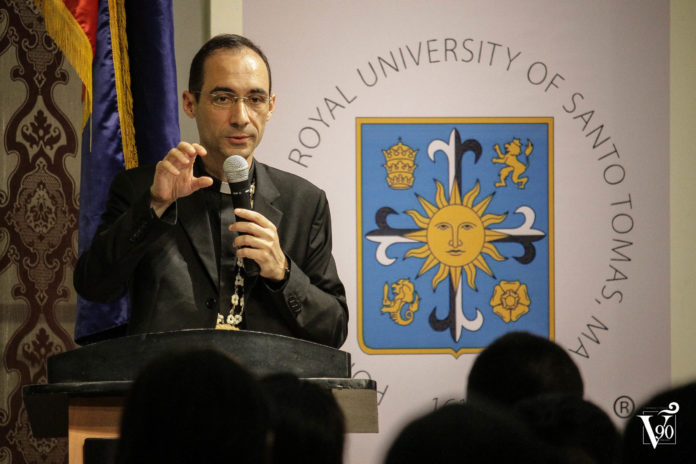
MODERN church architecture draws a deeper understanding between people and God, liturgical architects said in “Architecture, Clergy + Laity: At the Service of Liturgy,” a three-day conference held from June 22 to 24 at the UST Museum.
Fr. Juan Rego, assistant director at the Institute of Liturgy of the Pontificia Universita della Santa Croce in Rome, Italy, said “the beauty of a church has a big impact on the way Catholics relate to God.”
“If we have really beautiful churches and they function well, people will meet God in an easier way; that will reinforce their relationship with Him,” he said.
Aesthetically pleasing churches and chapels, some of them inside shopping malls, likewise benefit the faithful in a spiritual sense.
“Today, when we enter the church, we bring out our cellphones and take a selfie. It’s almost like in Europe where churches are now more of a museum than a place for practising religion,” said architect Manuel Noche, program coordinator of the UST College of Architecture, in his lecture titled “Retablos.”
The retablos or altar backdrops were also discussed and how the execution of their designs have changed over time. He compared Philippine retablos to that of the other countries, saying the Filipino version is typically smaller, lower, and more pristine.
Stephanie Gilles, principal architect of SNG Design Enterprise, said modern liturgical spaces tend to be simpler, but still preserve the basic icons such as the cross, the images, and the altar.
Gilles talked about the phenomenon of churches inside malls, noting that “commerce and religion intersect in that kind of setting.” She cited convenience, traffic, and family bonding as the reasons behind the trend.
The forum was organized by the Guild of Liturgical Designers and the United Architects of the Philippines’ Committee on Liturgical Architecture and Sacred Spaces, in collaboration with UST and the Pontificia Universita della Santa Croce. Kathleen Therese A. Palapar ###













